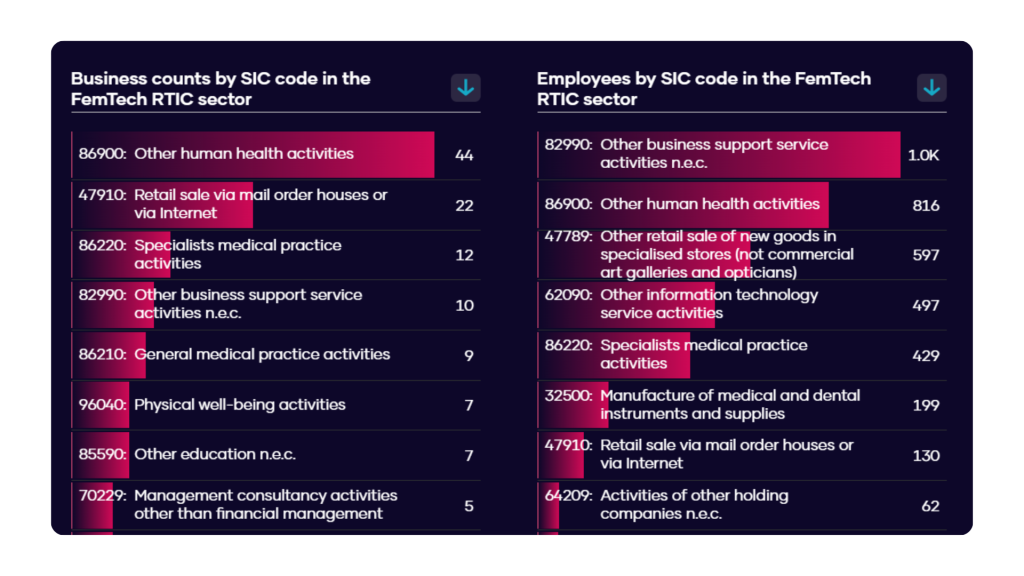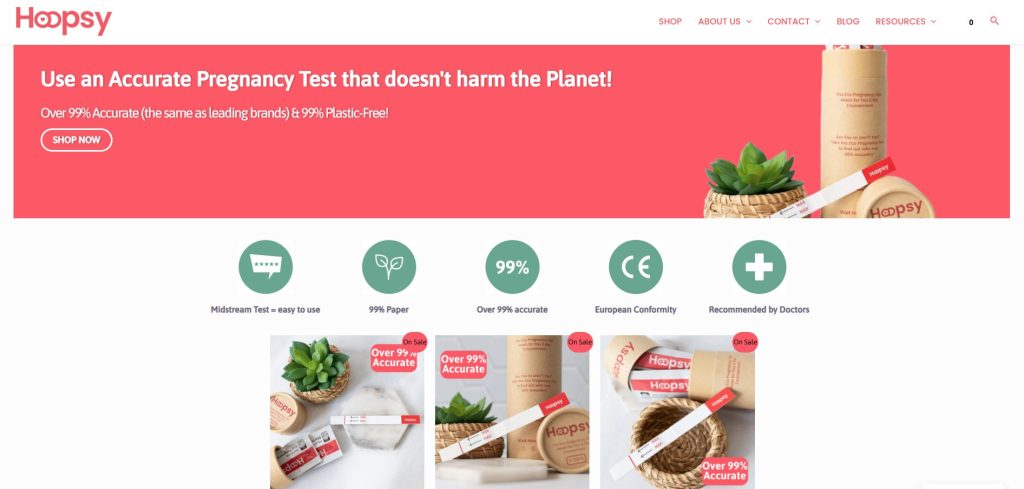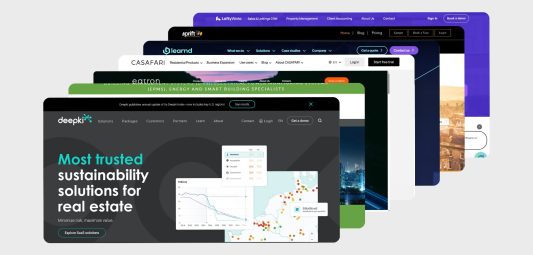Our initial mapping of FemTech finds a sector worth over £700 million, growing at an impressive 30% annually, yet it remains hidden by outdated SIC codes and hampered by longstanding biases. At The Data City, we’re changing this narrative with real-time industry classifications that highlight emerging industries like FemTech and empower better representation and support.
At The Data City, we’ve done something bold: we’ve taken the first step in mapping the UK FemTech sector, using our cutting-edge technology Real-Time Industry Classifications (RTICs).
Led by the women in our team, so far we’ve mapped 4 verticals within FemTech, these are:
- Breast Health
- Menopause
- Menstrual Health
- Reproductive, Pregnancy & Postpartum Health
This is the first iteration of a FemTech RTIC we’ve published. In the future, we aim to update and refine this classification, inviting experts, organisations, and users to collaborate with us in creating the most comprehensive mapping of FemTech in the UK.
Our goal is to provide greater visibility into this vital, high-growth industry and equip policymakers, investors, and other stakeholders with real-time data on the FemTech market, fostering further growth and investment.

What is FemTech?
The term ‘FemTech’ was coined by entrepreneur Ida Tin in 2016 to describe technology and innovations specifically designed to address women’s health and wellness needs.
This includes areas like reproductive health, pregnancy, menstrual health, menopause, and general wellness, encompassing both hardware and software solutions.
Using The Data City platform, we have identified over 150 companies within the FemTech RTIC. Collectively, these companies generate an estimated turnover of around £700 million, with an impressive annual growth rate of approximately 30%, significantly outpacing the UK industry average. This remarkable growth underscores the immense market potential of the FemTech sector.

Why now, and why FemTech?
FemTech is a huge global industry, estimated to be worth over $40.2 billion in 2020, and expected to reach over $75 billion in 2025. After all, these issues affect 51% of the population, which is a huge market.
Yet, here in the UK, no one has asked us to map this sector before. Why?
Traditional classifications – like SIC codes – have long ignored sectors like FemTech. It’s time we bring clarity and inclusivity to how we view emerging industries.
With our platform, we’re challenging these outdated norms. The FemTech RTIC reveals that of the companies identified, around 52% are women-founded companies.
This is a positive thing to see however when we look across our entire database of 5.6 million companies, only 22% of those companies are women-led, for AI it’s only 10% of companies. This is just one example of many.
These statistics are why diversity in industrial classifications is essential. These classifications shape how we see economies and guide decisions on investments, policy, innovation and most importantly in this scenario, women’s health.
Why SIC codes fail FemTech
Outdated Standard Industrial Classification (SIC) codes fail to represent the dynamic reality of emerging industries. In FemTech’s case, this oversight suppresses visibility, funding, and policy support for businesses shaping the future of women’s health.
The historic bias embedded in traditional SIC codes doesn’t just marginalise sectors like FemTech and other female health industries too, such as menopause care and fertility innovation. It actively limits opportunities for those striving to create change. At The Data City, we’re rewriting this narrative. Our real-time, data-driven classifications empower inclusive economic growth by shedding light on industries neglected by outdated systems
We’ve seen the impact of our technology in projects like the Lifted Project, where innovative solutions challenge conventional markets, and the EY Superscalers Report, which highlights how such sectors hold the keys to the next generation of growth.

As shown in the image above, many FemTech companies are obscured within broader SIC codes, such as “Other Health Activities.” This lack of precise classification not only diminishes the visibility of these businesses but also risks undermining the unique contributions this sector offers.
Shining a spotlight on FemTech success stories
Our RTICs represent our advanced approach to sector mapping, leveraging a proprietary combination of machine learning algorithms and real-time data taken from company websites and financial records, like Companies House.
For the FemTech sector, we used this methodology to create a taxonomy that defines and organises companies by their core activities, avoiding reliance on outdated SIC codes.
This process involves analysing millions of data points in real-time, ensuring a dynamic and up-to-date classification.
Here are just a few of the companies in the FemTech RTIC we wanted to shine a light on:
Hoopsy
Hoopsy founded by Lara Solomon, which falls under the FemTech: Reproductive, Pregnancy & Postpartum Health RTIC is on a mission to reduce single-use plastic from pregnancy tests. Lara’s goal for Hoopsy is to provide sustainable healthcare products that help women, their partners, and the planet.

Hertility Health Limited
Another women-led, and women-founded company that is growing fast is Hertility Health. They have seen continued growth since receiving Seed investment of £4.2 million in 2021. We estimate their growth at 136% per year.
They offer at-home hormone & fertility testing for women. Hertility Health was created to revolutionise reproductive healthcare because for too long women have been dismissed by the healthcare system.

Read Your Body
Founded in 2017 by Laura Robson, and based in Somerset, Read Your Body is a community-driven, female-led non-profit that supports menstrual cycle and fertility awareness for all. They have one of the most customisable apps for understanding menstrual cycles, tracking periods, ovulation, lifestyle, wellbeing and fertility.
Read Your Body’s SIC codes are ‘Other education n.e.c.’ and ‘Other human health activities’ – far to vague to explain and understand what they do.

The bias in FemTech
It wouldn’t be right if we spoke about FemTech and didn’t mention the elephant in the room. Bias in the FemTech industry and beyond stems from a combination of societal, historical, and structural factors that have perpetuated inequality.
Here’s a summary of some of the key reasons why bias in FemTech exists
Historical exclusion of women in science and medicine: For much of history, research and innovation in medicine and technology have predominantly focused on men. This bias has left significant gaps in understanding female-specific health needs, as highlighted by a BBC report, which reveals how these systemic exclusions continue to delay diagnoses and limit treatment options for women today. Addressing this imbalance is critical to improving healthcare outcomes for women.
Gender imbalance in leadership and funding: The tech and investment sectors remain heavily male-dominated, with women entrepreneurs facing significant funding challenges due to biases and market misunderstandings. In Leeds, just 5% of investment rounds go to female-led companies, and an EY report shows female-founded firms in the UK receive only 2p of every £1 invested, compared to 14p for mixed-gender teams and 84p for male-only teams.
Societal stigmas around women’s health: Topics such as menstruation, menopause, and reproductive health have historically been stigmatised, leading to underrepresentation in mainstream healthcare discussions and innovations. However, research and strategies like the Women’s Health Strategy for England, published in 2022, aim to address these disparities and improve outcomes for women.
Systemic inequities in technology development: Many technologies are created without diverse teams, leading to products and solutions that fail to account for women’s experiences or requirements. This disparity is underscored by the fact that women currently hold only 24% of tech roles and a mere 5% of leadership positions, reflecting the ongoing imbalance in the workforce.
These factors contribute to a cycle of underrepresentation, limiting the growth of the FemTech industry and the availability of solutions that address women’s health comprehensively.
Addressing these biases requires fostering diversity in leadership, research, and innovation, as well as breaking down societal stigmas around women’s health.
Can we do better? Let’s talk investment
FemTech, represents a market serving over 51% of the population, yet it has raised only approximately £480 million in investment to date. In comparison the MedTech sector, which is predominately male (an estimated 90.57% male-owned has had an estimated £4.4 billion in investment).

In a sector that touches half the population’s health needs, this figure feels disproportionately low. Imagine what could be unlocked with better visibility and recognition?
By challenging traditional classifications and providing tools for dynamic sector analysis, we’re paving the way for investors to realise the full potential of FemTech and other predominately women-led sectors.
Join us in perfecting the FemTech RTIC
This is just the beginning.
We’re inviting experts, institutions, and advocates to collaborate with us. Your insights and feedback are vital in refining this RTIC. Let’s work together to detail the nuances of the FemTech sector, ensuring it gets the recognition it deserves.
Use our FemTech RTIC to explore this sector. Share your feedback, your insights, and your ideas. If you’re an expert or from an institution keen to expand this work, we’d love to hear from you. Together, let’s perfect the map of FemTech in the UK – and beyond.
You can see top level stats and download our free FemTech report today online.
Want to see more? Why not sign up for a free trial of our platform and explore the FemTech industry in more detail.
Note: all data from The Data City platform is correct as of 11/12/2024. Due to the dynamic, real-time nature of our data, some insights and stats my change over time. For an up-to-date look at the FemTech industry, we recommend using our platform.


